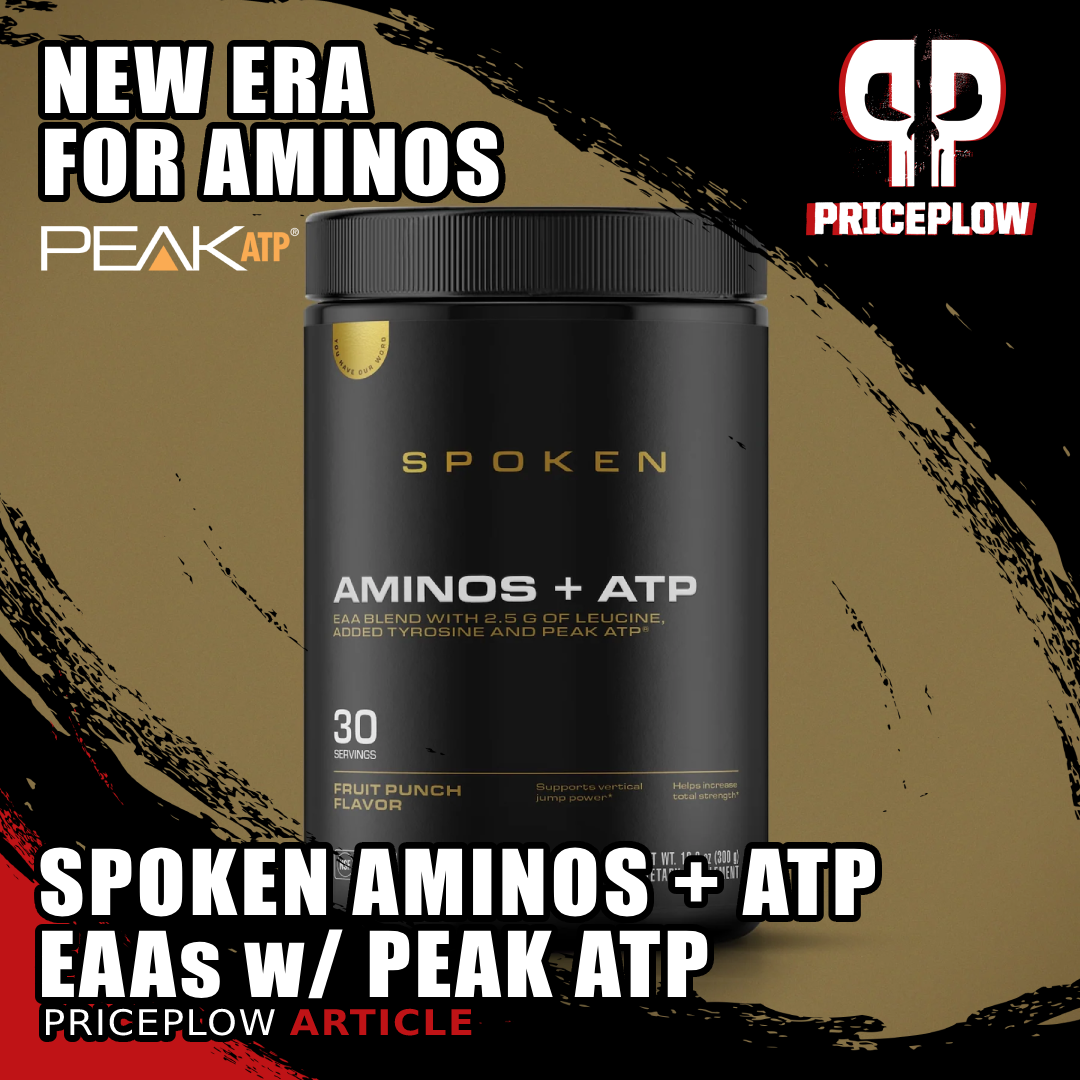
Spoken Aminos + ATP brings pro sports expertise to intra-workout nutrition. Clinical-dose Peak ATP meets complete EAAs in an NSF Certified formula backed by NHL champions and LSU's top nutritionist.
The sports nutrition industry has seen countless intra-workout formulas, but rarely does a new brand emerge with the caliber of expertise behind Spoken Nutrition. Founded by an impressive roster of strength coaches, sports scientists, and performance experts, Spoken brings together decades of elite athletic experience to create science-backed supplements for serious athletes.
Leading their performance team is Andy O'Brien, a veteran sports science expert with over 25 years working alongside NHL superstars and three Stanley Cup championships as Director of Sport Science for the Pittsburgh Penguins. The brand also leverages expertise from Dr. Matt Frakes, LSU's Assistant Athletic Director of Sports Nutrition, and Ben Prentiss, who has trained athletes from 30 NHL teams.
Spoken Aminos + ATP - A Fresh Take on EAAs
Their latest innovation, Spoken Aminos + ATP, represents a fresh take on the traditional essential amino acid (EAA) formula. What makes this product unique is its combination of properly-dosed EAAs with the powerful performance enhancer in a clinical 400mg dose of Peak ATP from TSI Group. A solid 1000mg of L-tyrosine is also added for cognitive enhancement.
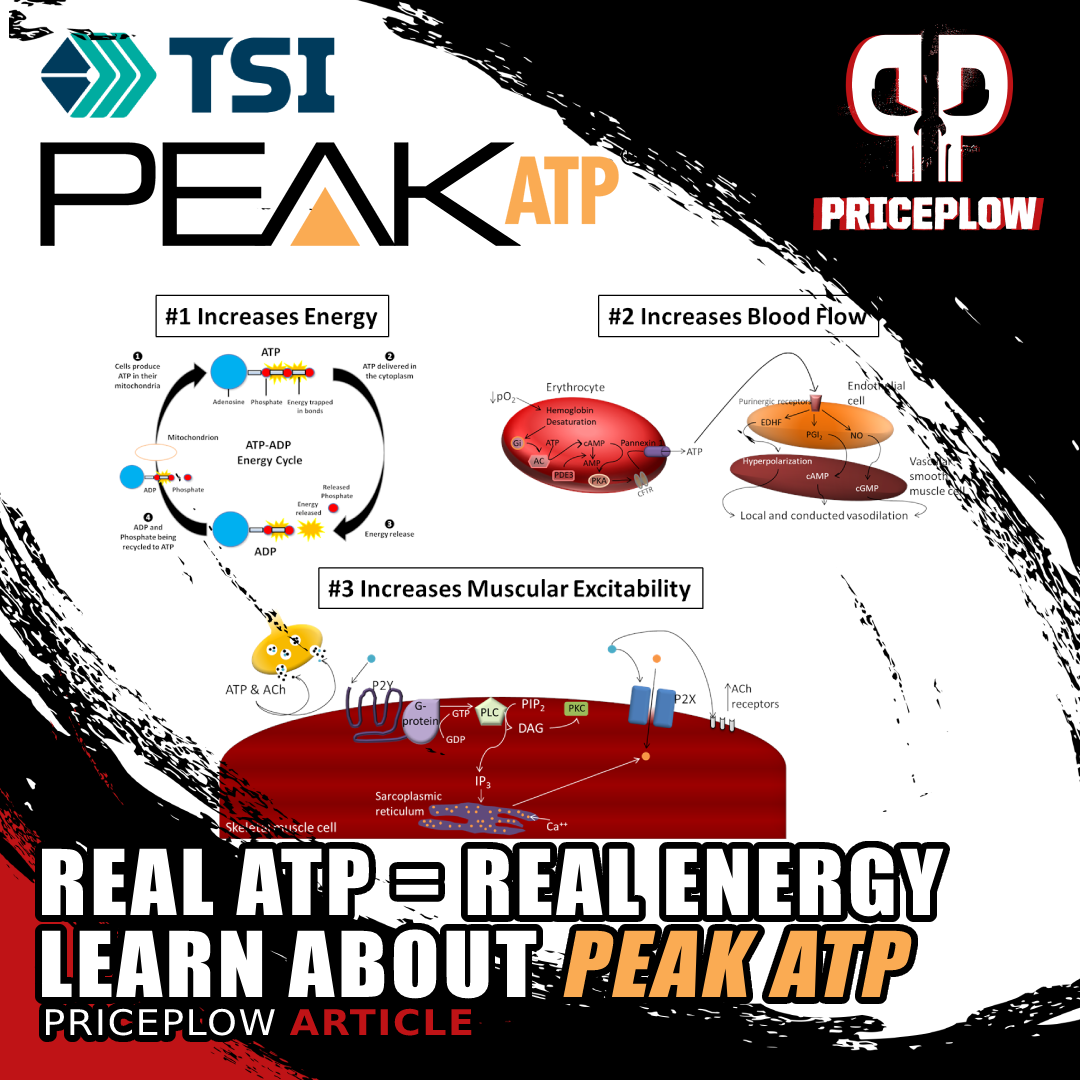
Peak ATP is a patented oral ATP supplement that's been shown to increase blood flow, boost muscle activation through calcium release, and help boost muscle mass, strength, and recovery. This article covers the biochemistry, mechanism, and human research in detail.
Peak ATP, TSI Group's flagship ingredient, has been shown to improve strength, power output, and blood flow when taken before exercise. Its inclusion makes Spoken Aminos + ATP one of the first intra-workout amino acid supplements to harness ATP's performance benefits alongside a complete essential amino acid profile.
The formula is anchored by 2.5 grams of leucine to support muscle protein synthesis. Combined with the full spectrum of EAAs and added tyrosine for mental focus, Spoken Aminos + ATP is positioned as a comprehensive performance supplement that supports both the physical and cognitive demands of training.
For athletes seeking NSF Certified for Sport options, this product also meets those rigorous testing standards, making it a trustworthy choice for competitive athletes subject to drug testing.
Sign up for our Spoken news alerts below and check prices using PricePlow to save on all Spoken supplements, and then let's examine how this innovative formula works to enhance training performance and recovery.
Spoken Nutrition Aminos + ATP – Deals and Price Drop Alerts
Get Price Alerts
No spam, no scams.
Disclosure: PricePlow relies on pricing from stores with which we have a business relationship. We work hard to keep pricing current, but you may find a better offer.
Posts are sponsored in part by the retailers and/or brands listed on this page.
This area is reserved for Team PricePlow's upcoming videos.
Subscribe to our channel and sign up for notifications so you catch it when it goes live!
Spoken Aminos + ATP Ingredients
Each serving (1 scoop / 10g) of Spoken Aminos + ATP provides:
-
Peak ATP (Adenosine 5'-Triphosphate Disodium) - 400mg
Leading off Spoken Aminos + ATP's formula is a clinical 400 milligram dose of Peak ATP from TSI Group, a patented[1-3] form of ATP disodium that's been extensively studied for its performance and recovery benefits.
Peak ATP has been shown to enhance several key aspects of athletic performance, with research demonstrating improvements in blood flow, strength output, training volume, and even cognitive function.[4] The ingredient operates through multiple mechanisms, but as Dr. Ralf Jaeger explained in our Episode #078 podcast discussion, its blood flow benefits are especially important – ATP triggers vasodilation and enhanced nitric oxide production, leading to improved nutrient and oxygen delivery to working muscles.
This isn't just another "pump" ingredient though – research has shown that 400mg of Peak ATP (the exact dose in Spoken Aminos) can significantly increase total strength and power output during resistance training.[5] More recently, scientists have discovered it can even help maintain cognitive performance during intense exercise.[6] Let's dive into the full suite of benefits:
Peak ATP's Performance Research
Building upon the extensive research behind Peak ATP, several key performance benefits have been demonstrated in clinical studies. Let's examine how this ingredient can enhance athletic output across multiple domains:
First, Peak ATP has been shown to significantly increase strength and power output. In a landmark study of resistance-trained men, 400mg of Peak ATP taken daily for 12 weeks led to remarkable improvements in total body strength, vertical jump power, and muscle thickness compared to placebo.[5] This study is noteworthy because it involved well-trained participants who typically see smaller improvements from supplementation.
Training volume - a critical factor for muscle growth and strength development - also sees substantial improvements with Peak ATP supplementation. Research has shown that a single dose of 400mg ATP can significantly increase the total weight lifted during resistance exercise compared to placebo.[7] This ability to handle more volume while training could have important implications for long-term adaptations.
Hydration is evolving, and Peak ATP is leading the charge. Beyond basic electrolytes, it boosts blood flow, strength, endurance, and cognitive recovery. For premium performance, it's the ultimate upgrade for next-gen hydration supplements.
Beyond just raw strength and power, Peak ATP appears to enhance training through improved fatigue resistance. Studies have demonstrated that ATP supplementation can help maintain muscle excitability and force output during later sets of exhaustive exercise.[8] This means athletes can potentially maintain higher performance levels throughout their entire training session.
Most recently, researchers have uncovered another fascinating benefit - Peak ATP can help preserve cognitive function during intense exercise. A 2023 study found that 400mg of ATP helped prevent the temporary decline in cognitive performance that typically occurs following high-intensity training.[6] This cognitive preservation could be especially valuable for athletes in sports requiring both physical and mental acuity.
How it Works: The Triple Mechanism of Action
ATP as a supplement operates through multiple complementary pathways that together enhance athletic performance. When ATP binds to purinergic receptors in blood vessels, it triggers the release of vasodilators including nitric oxide, prostacyclin, and endothelium-derived hyperpolarizing factor.[9]
Research has shown that during exercise, red blood cells act as "oxygen sensors", releasing ATP in response to low oxygen conditions. This ATP then binds to P2Y receptors on endothelial cells, causing blood vessels to dilate and increasing blood flow to working muscles. Peak ATP supplementation appears to enhance this natural process, leading to improved oxygen and nutrient delivery during intense training.[10]
Beyond its vascular effects, Peak ATP also directly influences muscle tissue through P2X4 receptors, which regulate calcium handling and muscle contractility. When ATP binds to these receptors, it increases calcium release from the sarcoplasmic reticulum, potentially enhancing the muscle's ability to generate force.[11]
The third mechanism involves ATP's role in cellular signaling cascades related to muscle growth and adaptation. ATP activates important pathways involved in protein synthesis and muscle recovery, which may explain the improvements in lean body mass seen in long-term supplementation studies.[5]
A summary of the studies
All in all, a 2021 research review summarized the massive amount of data on Peak ATP:[4]
The available literature on ATP disodium when provided in a dose of at least 400 mg approximately 30 min before a workout or 20–30 min before breakfast on non-exercise days provides insight into its potential to reduce fatigue (Purpura et al., 2017,[12] Rathmacher et al., 2012[8]), increase strength and power (Wilson et al., 2013[5]), improve body composition (Hirsch et al., 2017[13], Wilson et al., 2013[5]), maintain muscle health during stress (Long and Zhang, 2014,[14] Wilson et al., 2013[5]), increase recovery and reduce pain (de Freitas et al., 2018[7], Khakh and Burnstock, 2009,[15] Wilson et al., 2013[5]). Additionally, other literature indicates a role for ATP in improving cardiovascular health (Hirsch et al., 2017,[13] Ju et al., 2016,[16] Rossignol et al., 2005[17]).[4]
Note that the above area doesn't include the newfound cognitive benefits,[6] either!
Peak ATP's Perfect Fit in an Amino Acid Formula
In Episode #078 of the PricePlow Podcast, Dr. Ralf Jaeger dove into ATP, explaining how supplementing Peak ATP improves workout performance.
The blood flow enhancement from Peak ATP makes it an ideal addition to an essential amino acid blend like Spoken Aminos. By improving nutrient and oxygen delivery to working muscles during training, ATP may help the amino acids reach their target tissues more effectively.[18]
Additionally, since both ATP and amino acids support muscle recovery through distinct but complementary pathways, their combination provides a comprehensive approach to maximizing training adaptations.[4] The multi-faceted benefits of increased blood flow, enhanced muscle contractility, and improved recovery make Peak ATP a natural fit in this innovative intra-workout formula.
For a deep dive into this fascinating ingredient, see our comprehensive guide titled "PEAK ATP: The Ultimate Guide to Disodium ATP Supplements" and our detailed discussion with Dr. Ralf Jaeger in Episode #078 of the PricePlow Podcast.
-
Branched-Chain Amino Acids (L-Leucine - 2500mg, L-Isoleucine - 625mg, L-Valine - 625mg)
At the core of Spoken Aminos + ATP's formula is a scientifically-validated 4:1:1 ratio of branched-chain amino acids (BCAAs), providing 2.5 grams of leucine and 625mg each of isoleucine and valine. This specialized ratio prioritizes leucine - the primary trigger for muscle protein synthesis - while maintaining optimal amounts of its synergistic BCAA partners.[19]
L-leucine serves as the star player in this trio, acting as a powerful stimulus for muscle protein synthesis through activation of the mTOR (mechanistic target of rapamycin) signaling pathway.[20] Research has shown that leucine alone can trigger increases in muscle protein synthesis, but its effects are enhanced when combined with other essential amino acids.[21]
While leucine gets much of the attention, isoleucine and valine play crucial supporting roles. Isoleucine has been shown to enhance glucose uptake into muscle cells and may help regulate energy metabolism during exercise.[22] Valine works synergistically with the other BCAAs to promote muscle growth and repair while also potentially reducing exercise-induced fatigue.[23]
The 4:1:1 ratio used in Spoken Aminos + ATP reflects current research showing that higher leucine concentrations, when properly balanced with isoleucine and valine, can optimize the anabolic response to training.[24] This specific ratio helps ensure that there's enough leucine to maximally stimulate muscle protein synthesis while maintaining adequate levels of isoleucine and valine for their complementary benefits.
When consumed during training, this BCAA blend provides readily available amino acids that can help reduce muscle protein breakdown and support recovery. The rapid absorption of these free-form amino acids makes them immediately available to working muscles, which is beneficial during longer or more intense training sessions.[25]
-
L-Threonine - 250mg
L-Threonine is an essential amino acid that plays a vital role in supporting muscle protein synthesis and intestinal health. Research has shown that threonine is important for maintaining intestinal barrier function through its role in mucin production.[26]
Studies demonstrate that adequate threonine levels can help enhance immune function and maintain gut integrity during intense training periods.[27] The 250mg dose in Spoken Aminos + ATP contributes to the formula's comprehensive amino acid profile while supporting both performance and recovery.
-
L-Phenylalanine - 150mg
L-phenylalanine is an essential amino acid that plays a dual role in performance - both as a building block for protein synthesis and as the direct precursor to tyrosine, which further supports catecholamine production.[28]
The 150mg dose works synergistically with the formula's 1000mg of L-tyrosine, as research shows that phenylalanine can be hydroxylated to form tyrosine when additional neurotransmitter support is needed.[29] This tandem approach helps maintain optimal levels of performance-critical neurotransmitters during intense training sessions, while simultaneously supporting muscle protein synthesis.
-
L-Lysine (as L-Lysine HCl) - 400mg
As an essential amino acid, lysine is critical for muscle protein synthesis and cannot be produced by the body.[30] During exercise, muscle tissue undergoes stress and breakdown, making intra-workout lysine supplementation valuable for supporting recovery and growth.
Additionally, lysine plays important roles in carbohydrate metabolism, energy production through its conversion to acetyl-CoA, and collagen synthesis for connective tissue health.[31]
-
L-Histidine (as L-Histidine HCl) - 500mg
L-histidine plays multiple roles in supporting exercise performance. Research shows that histidine helps regulate muscle pH levels during high-intensity training by acting as an intracellular buffer, which can help delay fatigue.[32]
Additionally, histidine combines with beta-alanine (an ingredient not in this supplement) to contribute to carnosine synthesis[33,34] - a dipeptide highly concentrated in muscle tissue that provides powerful antioxidant effects and further pH buffering capabilities, helping to increase endurance.
-
L-Tryptophan - 125mg
Compared to the placebo group, the PEAK ATP group's accuracy on a 1-minute reaction time test declined significantly less after exercise.[6] PRE = before exercise, IP = immediately post exercise, 60P = 60 minutes post exercise.
L-tryptophan is an essential amino acid that serves as a crucial precursor to serotonin, a key neurotransmitter that regulates mood, cognition, and sleep quality.[35] In addition to supporting protein synthesis, the 125mg dose here helps maintain cognitive function during intense training by supporting serotonin production when the body is under stress.[36] Tryptophan's inclusion complements the formula's mental performance benefits from tyrosine and Peak ATP, while also supporting post-workout recovery through its role in protein synthesis.
-
L-Methionine - 375mg
Methionine is a sulfur-containing essential amino acid that plays several critical roles beyond just protein synthesis. As a precursor to S-adenosylmethionine (SAMe), methionine is vital for methylation reactions that regulate DNA expression, neurotransmitter production, and cellular energy metabolism.[37]
The 375mg dose in Aminos + ATP is large, and complements the formula's antioxidant support since methionine contributes to glutathione synthesis through the transsulfuration pathway.[38] Additionally, methionine aids in creatine synthesis and the metabolism of other amino acids, making it an important player in both performance and recovery.[39]
-
L-Arginine - 500mg
Exercise can create a feeling of mental fatigue by eliciting deficits in attention and processing speed. A study published in 2023 showed that PEAK ATP® helps mitigate deficits in several cognitive tasks following exercise.
While 500mg of L-arginine might seem modest compared to what we see in pre-workout supplements, its inclusion in this formula provides additional benefits beyond the essential amino acid profile. As a semi-essential amino acid, L-arginine serves as the primary substrate for nitric oxide production in the body, potentially complementing Peak ATP's blood flow enhancement effects.[40]
Most EAA/intra-workout supplements omit L-arginine entirely, making its presence here a thoughtful addition that may help support vascular function during training. L-arginine supplementation has been shown to improve blood flow and reduce blood pressure in exercising individuals.[41]
While higher doses (6-10g) are typically used for standalone cardiovascular benefits, the 500mg dose can still contribute to the overall amino acid pool available during exercise. This is nice, given that intense training can increase arginine requirements.[42]
Combined with Peak ATP's documented effects on blood flow and the full spectrum of EAAs, this "bonus" L-arginine helps create a more comprehensive formula for supporting both performance and recovery during training sessions.
-
L-Tyrosine - 1000mg
Study subjects who received 400 mg ATP disodium for 2 weeks did significantly better on 3 sets of 50 leg extensions than the placebo group.[8] "Low peak torque" is the lowest peak torque that each group was able to create, on average, during the final 10 reps of each 50 rep set.[8]
L-tyrosine is an amino acid that serves as a critical precursor to dopamine and norepinephrine - two key neurotransmitters that regulate focus, mood, and cognitive performance.[29] The 1-gram dose is well-timed, as research shows tyrosine supplementation is most effective during periods of acute stress or high cognitive demands - exactly when you're pushing yourself in training.[43]
What makes this inclusion especially clever is its potential synergy with Peak ATP. While Peak ATP has been shown to help maintain cognitive performance during intense exercise,[6] tyrosine provides complementary benefits by supporting catecholamine production when these neurotransmitters would otherwise become depleted from stress.[44]
This cognitive support stack helps maintain mental performance and focus throughout demanding training sessions, while the essential amino acids simultaneously support the physical demands of exercise. The combination creates a comprehensive approach to both mental and physical performance enhancement during training.
Dosage and How to Use
Spoken Aminos + ATP is designed for flexible dosing to match your training needs. Each serving (1 scoop / 10g) can be mixed with 8-16 ounces of water, allowing you to adjust the concentration to your taste preference.
For optimal results, drink either before or during your workout. The Peak ATP component works best when taken about 30 minutes before exercise, as research shows this timing allows for peak blood flow enhancement during training.[12]
Athletes engaging in longer training sessions may benefit from splitting the dose - taking half a scoop before training and sipping the remainder throughout their workout. This approach helps maintain steady amino acid availability while providing sustained ATP support for performance. If you have enough budget, you can even do a scoop before and during training.
If taking pre-workout, Spoken Aminos can also be combined with a pre-workout supplement -- you will probably want to add more water, though.
Since this formula contains no stimulants, it can be used any time of day without concerns about sleep disruption. The combination of Peak ATP and essential amino acids makes it an excellent choice for both morning and evening training sessions.
This is also safe to use on both training and non-training days. Store in a cool, dry place with the lid tightly sealed.
Conclusion: A New Generation of Intra-Workout Amino Acids
Spoken Aminos + ATP represents a significant and much-needed evolution in intra-workout supplementation. While the sports nutrition industry has long understood the importance of essential amino acids for muscle recovery, Spoken has elevated the category by addressing multiple facets of performance in a single, comprehensive formula.
The inclusion of Peak ATP is a game-changer for the amino acid category. By combining TSI Group's clinically-validated ATP enhancement technology with a complete essential amino acid profile, Spoken has created a formula that doesn't just support recovery - it actively enhances performance through improved strength, power output, and blood flow.
What truly sets this formula apart is its attention to both physical and mental performance. The addition of a substantial dose of L-tyrosine shows Spoken's understanding that athletic performance isn't just about muscles - it's about maintaining focus and mental clarity throughout demanding training sessions. And it doesn't hurt that Peak ATP brings cognitive benefits as well!
For athletes seeking elite-level supplementation, this product delivers on multiple fronts: clinically-dosed ingredients, NSF Certified for Sport testing, and the backing of an impressive team of performance experts. The brand's commitment to transparency and quality is evident in every aspect of this formula. It's also naturally-sweetened.
Whether you're an elite athlete training for competition or a dedicated fitness enthusiast looking to maximize your results, Spoken Aminos + ATP provides a research-backed approach to supporting performance, recovery, and focus. As the industry continues to evolve, this innovative combination of essential amino acids, Peak ATP, and cognitive support may well become the new standard for comprehensive intra-workout supplementation.
Stay up to date on Spoken news and reviews with PricePlow:
Spoken Nutrition Aminos + ATP – Deals and Price Drop Alerts
Get Price Alerts
No spam, no scams.
Disclosure: PricePlow relies on pricing from stores with which we have a business relationship. We work hard to keep pricing current, but you may find a better offer.
Posts are sponsored in part by the retailers and/or brands listed on this page.
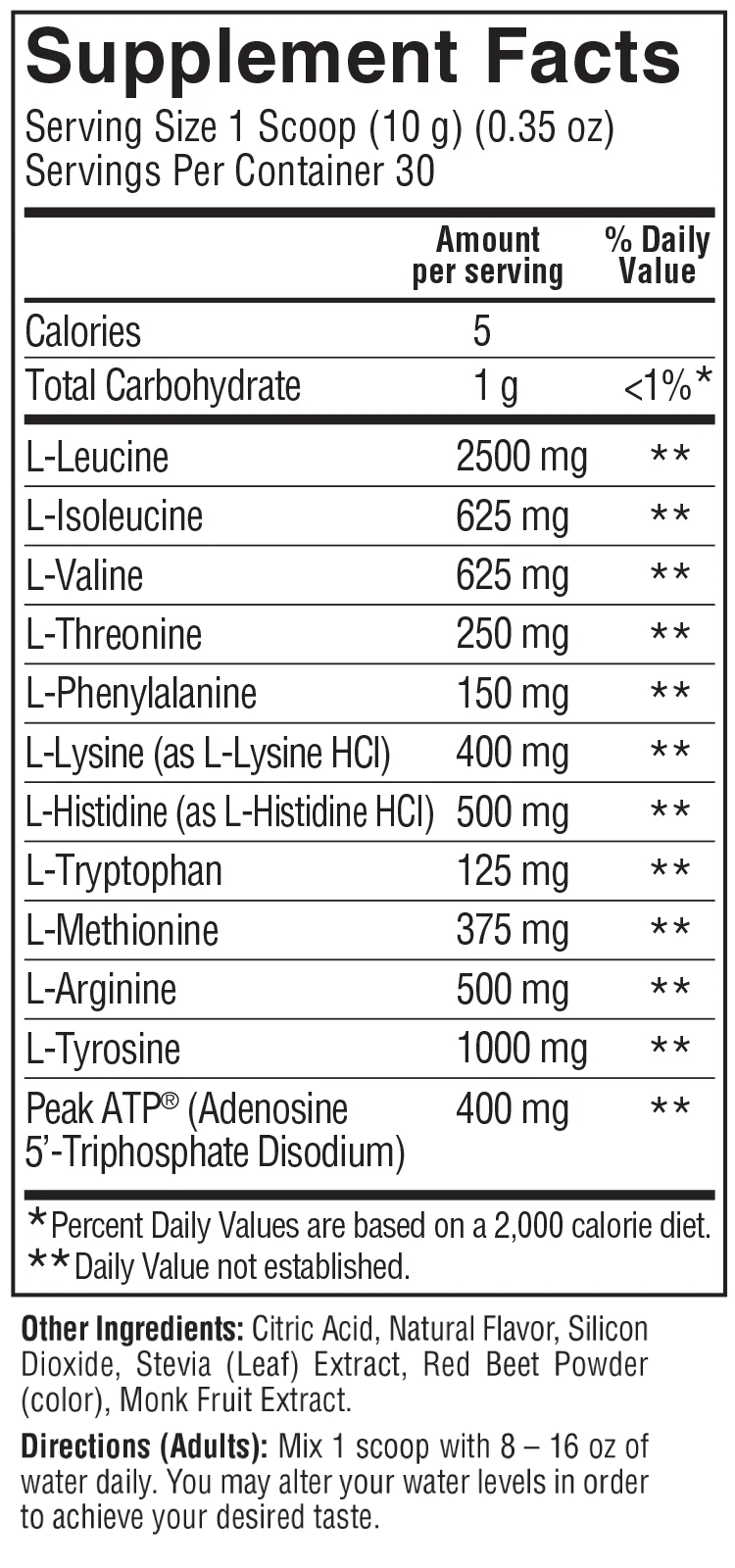
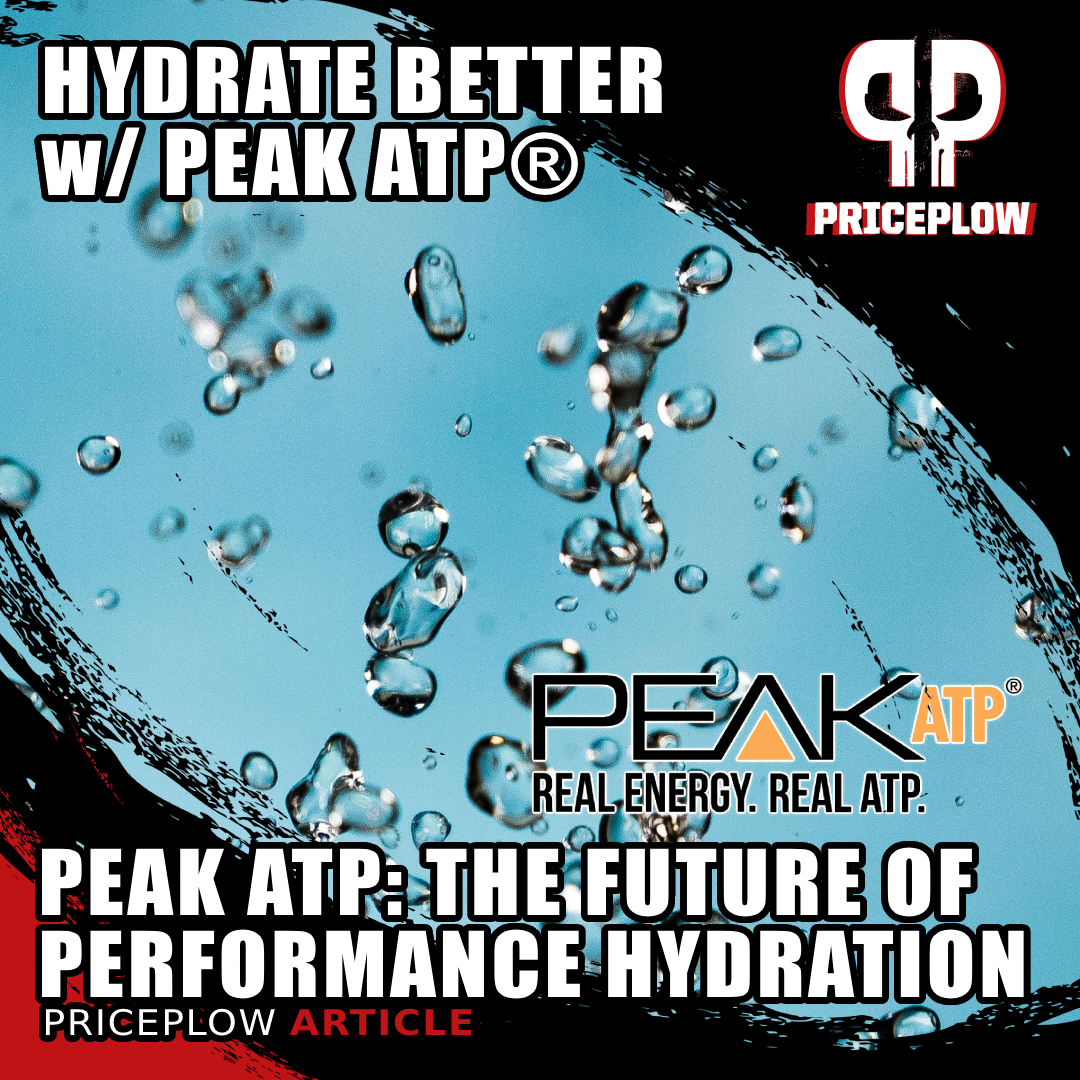
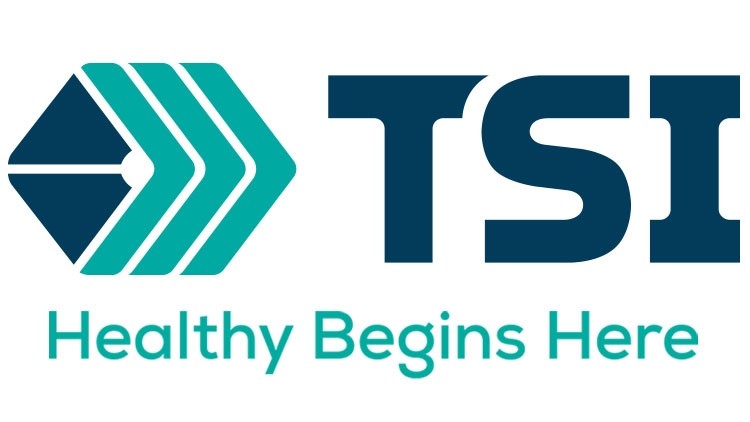
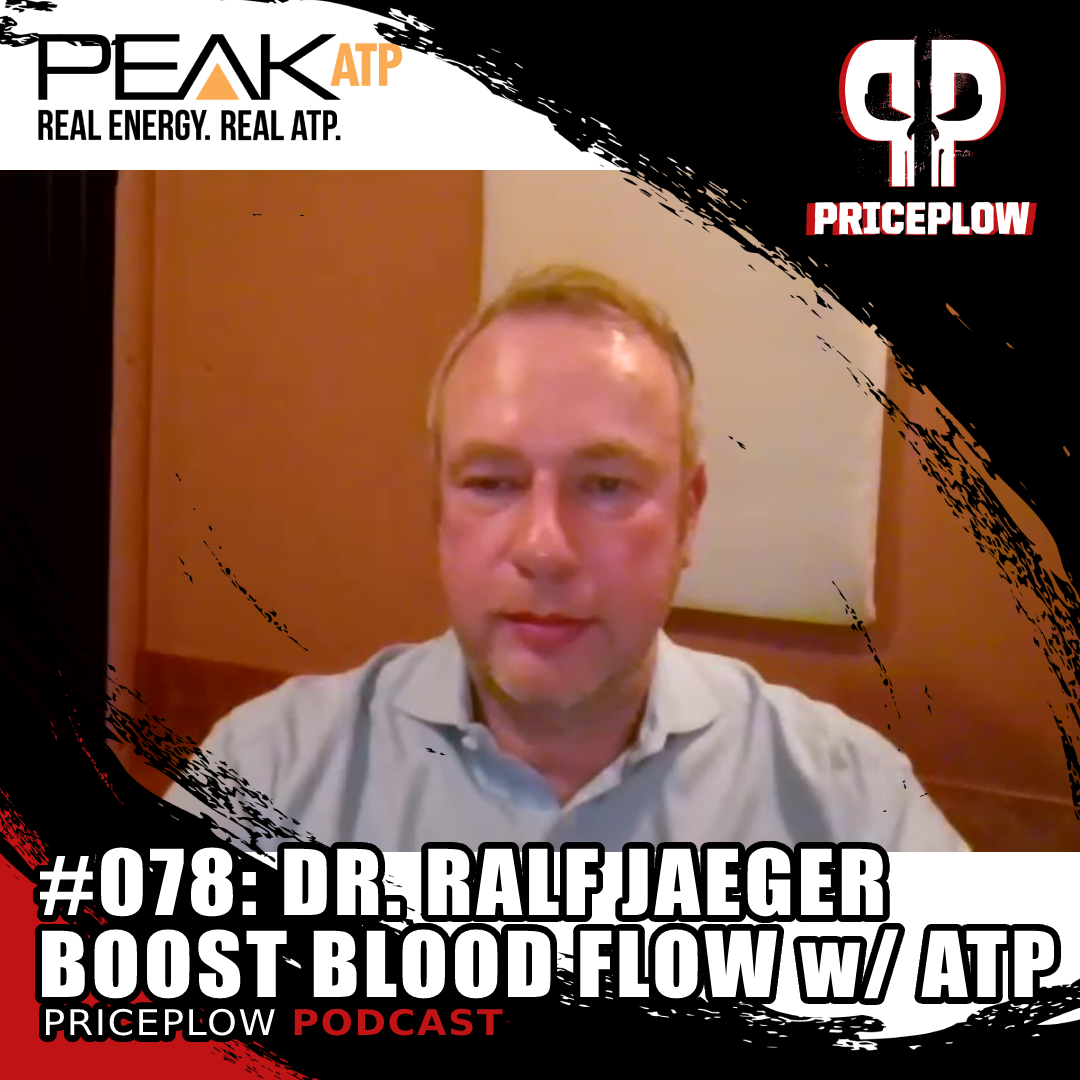

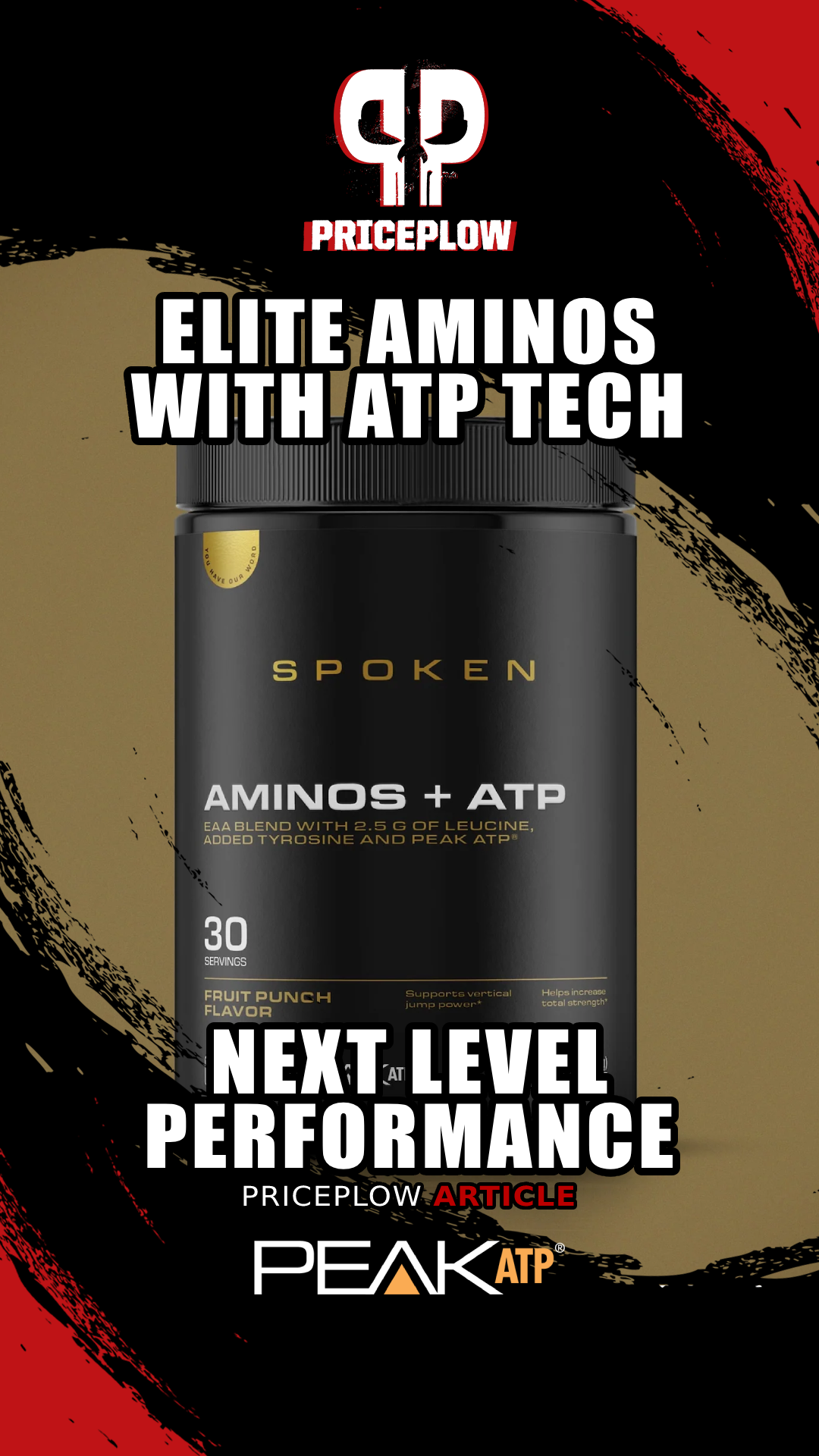
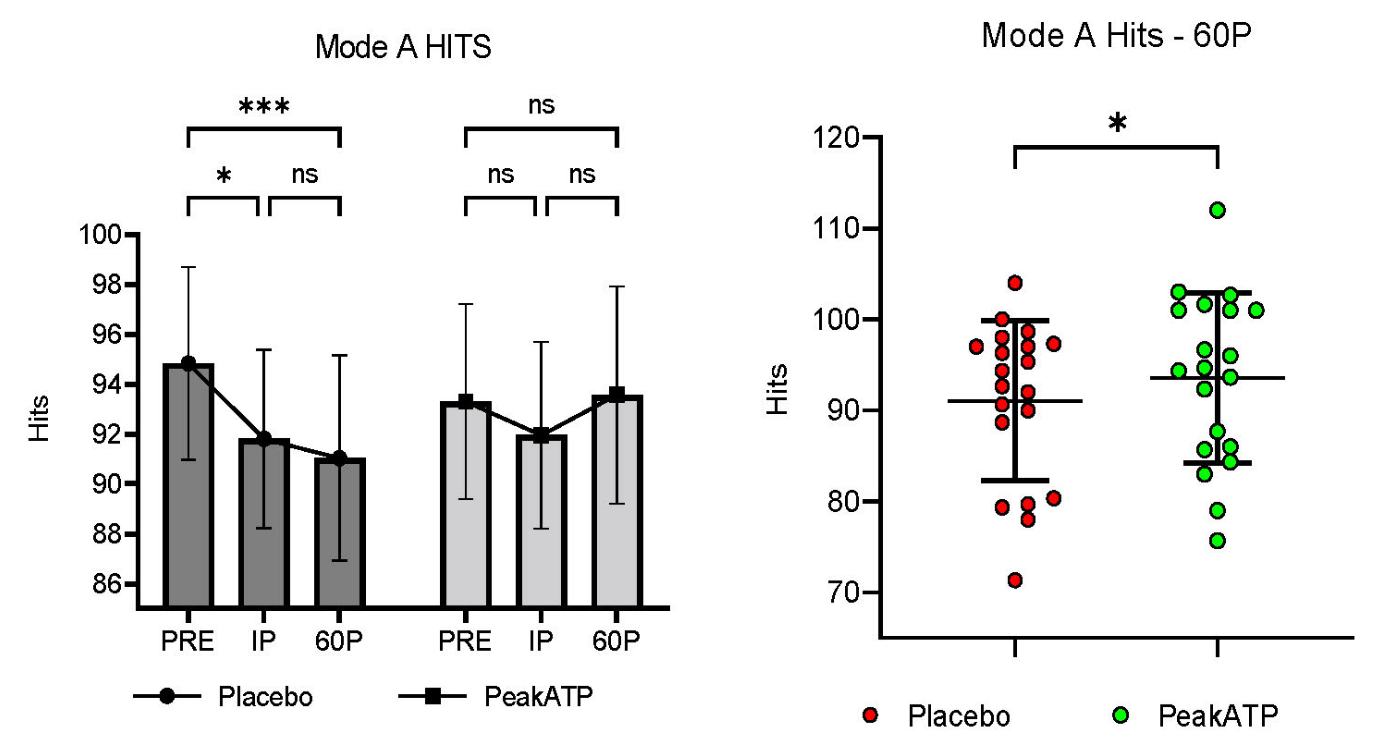
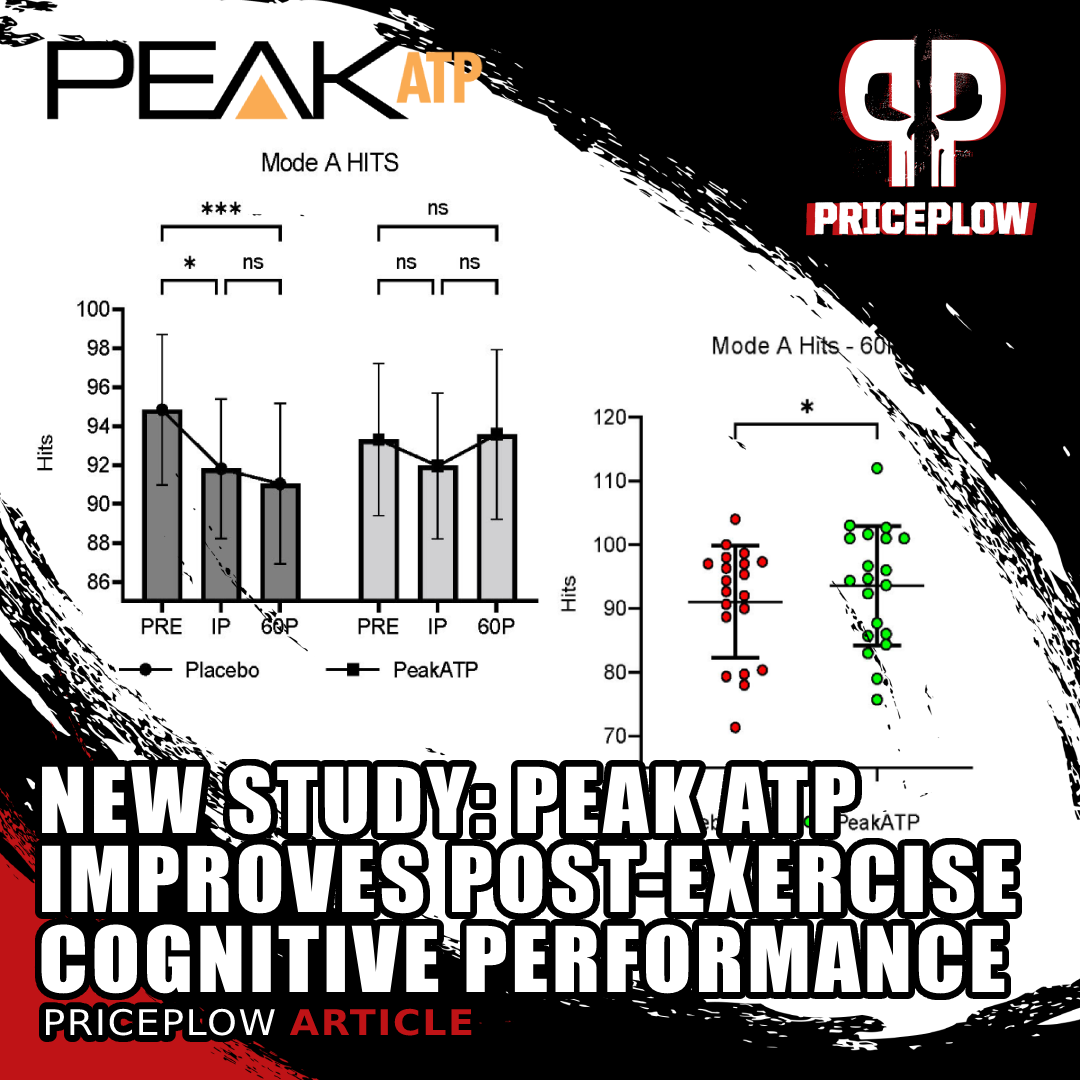
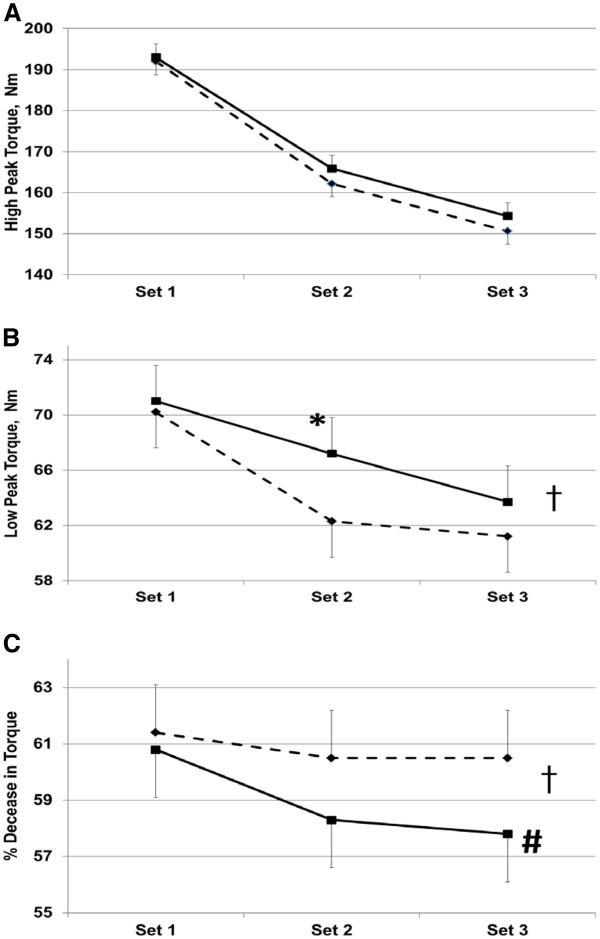
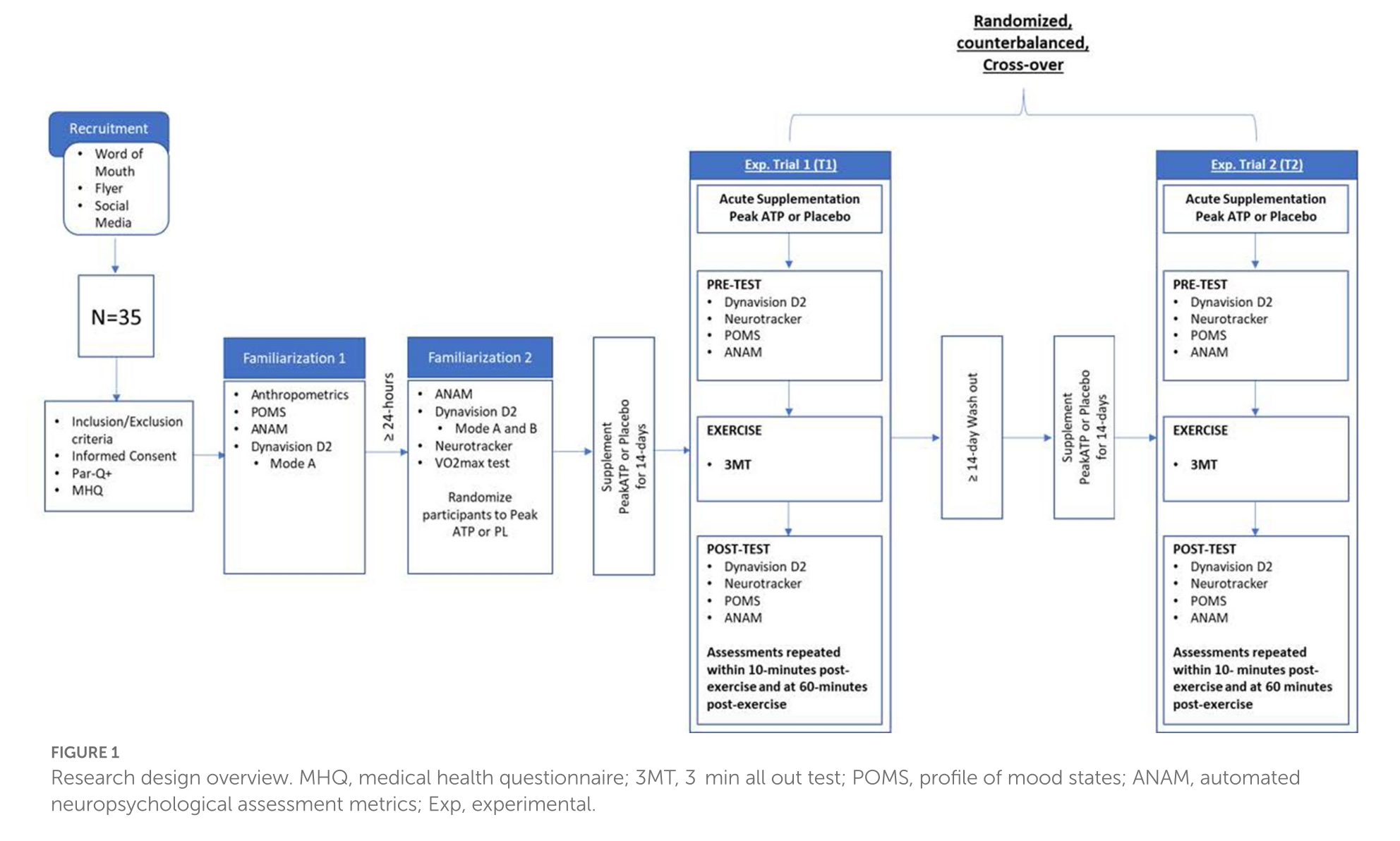
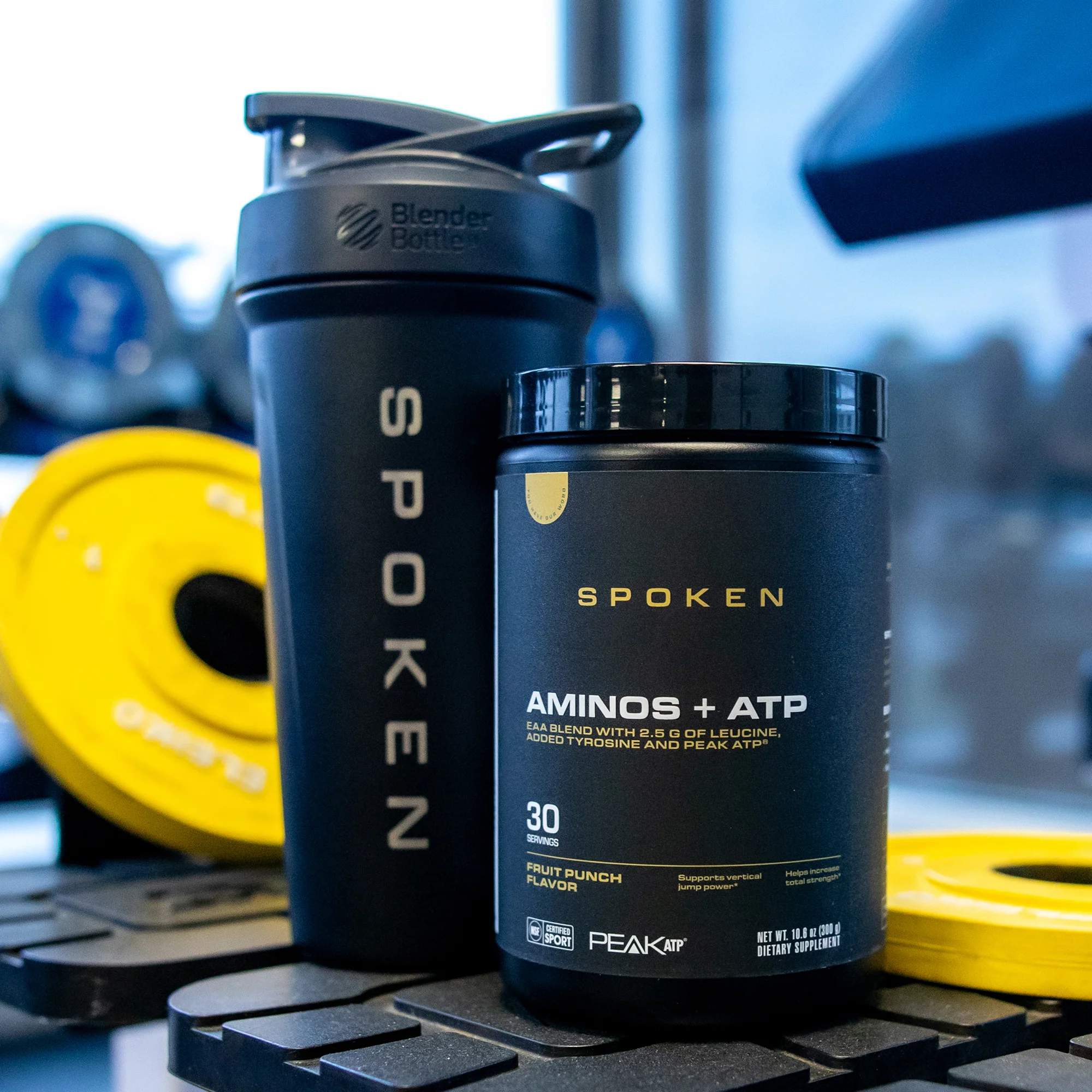



Comments and Discussion (Powered by the PricePlow Forum)